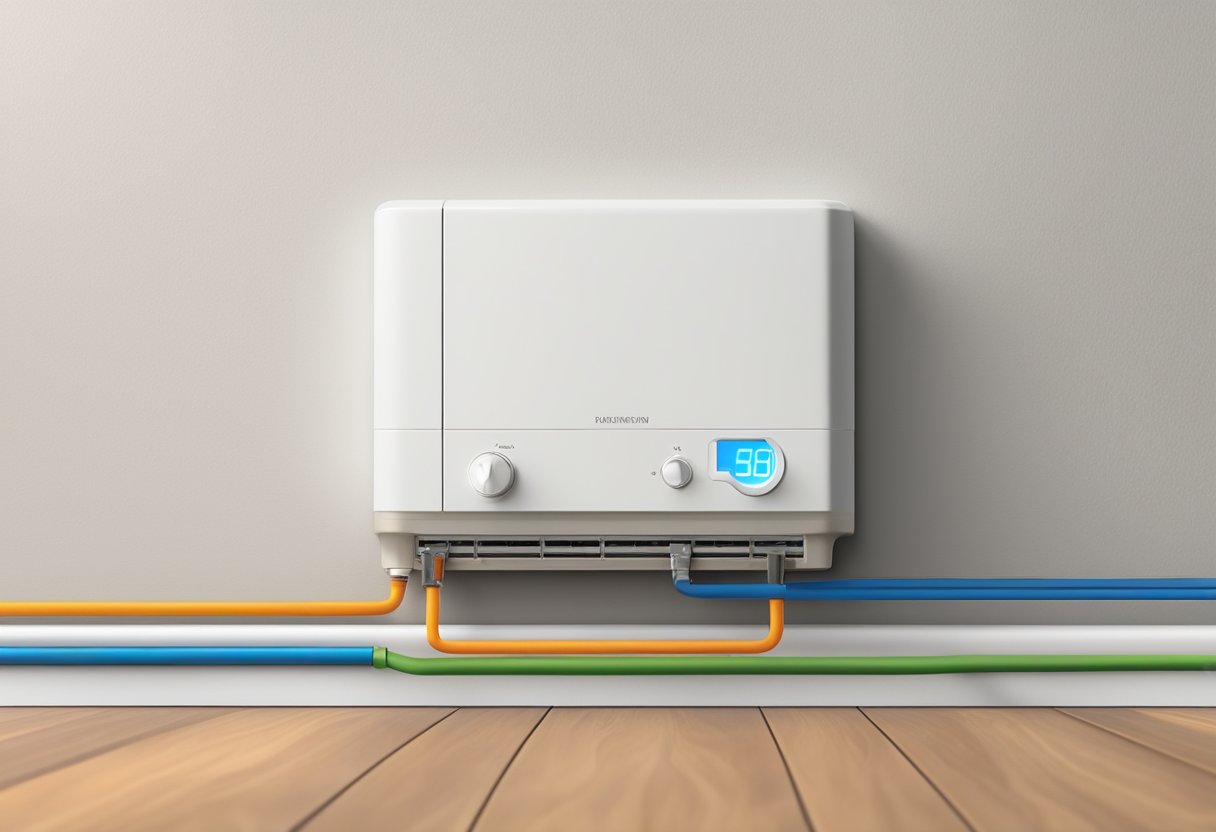Check Best Thermostat Pricing in Amazon
** As an Amazon Associate, I earn from qualifying purchases.
One of the primary concerns for homeowners with baseboard heaters is whether one thermostat can control two or more heaters. Baseboard heaters are an efficient way to heat a room, but they can also be expensive to operate. Having multiple heaters in a room can increase energy costs significantly, which is why many people wonder if they can be controlled by a single thermostat.
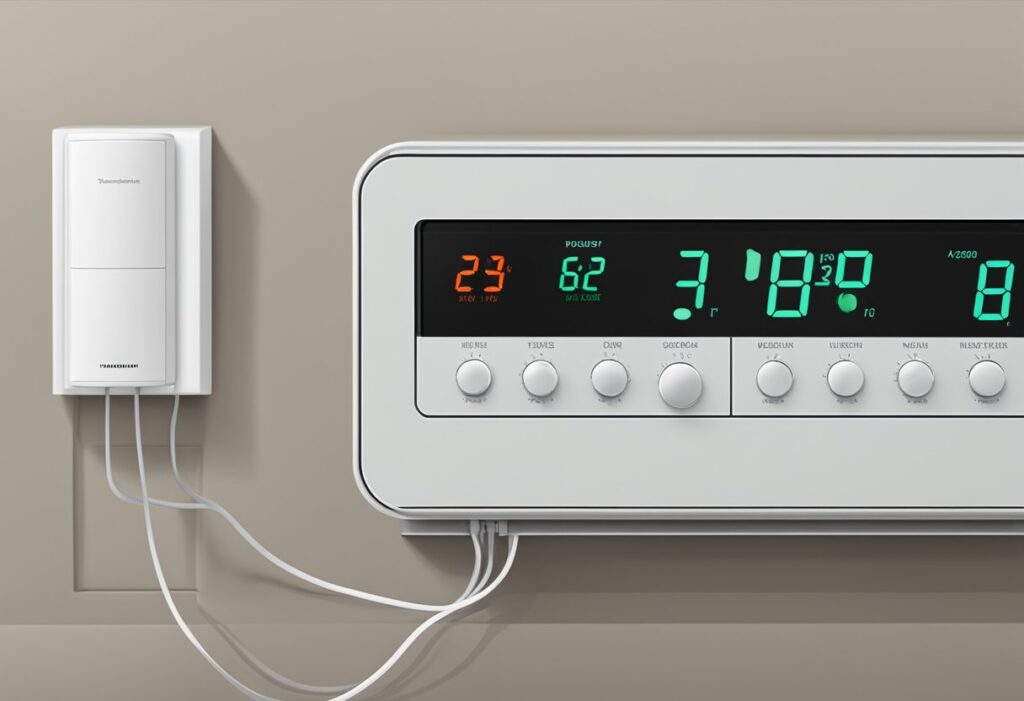
The answer is yes, but it depends on the type of thermostat and the wiring of the heaters. Some thermostats are designed to control multiple heaters, while others are only capable of controlling one.
Additionally, the wiring of the heaters must be compatible with the thermostat to ensure proper operation. Understanding the compatibility of your thermostat and heaters is essential to achieving optimal energy efficiency and cost savings.
Understanding Thermostats and Baseboard Heaters
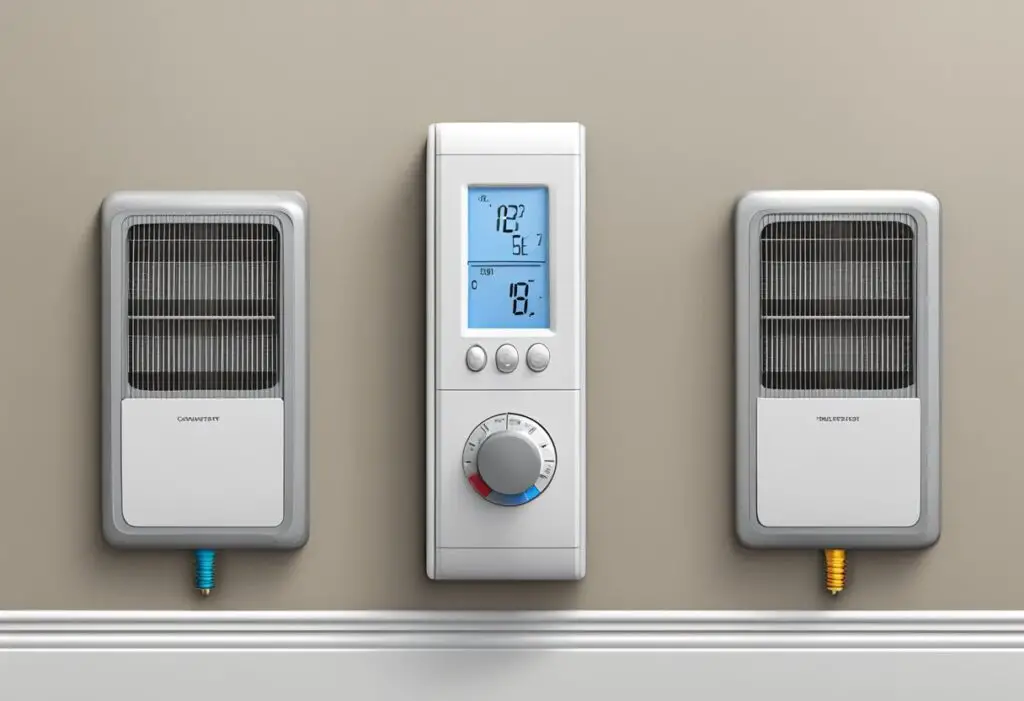
Types of Thermostats
Thermostats are devices that help regulate the temperature of a room or a building. There are various types of thermostats available in the market, and each type has its own unique features and functions. Some of the most common types of thermostats are:
- Programmable thermostats: These thermostats allow users to pre-set the temperature of their room or building for different times of the day. They are energy-efficient and can help reduce energy bills.
- Digital thermostats: These thermostats are more accurate than traditional thermostats and can display the temperature in both Celsius and Fahrenheit.
- Smart thermostats: These thermostats can be controlled remotely using a smartphone or a tablet. They can learn the user’s preferences and adjust the temperature accordingly.
How Baseboard Heaters Work
Baseboard heaters are electric heaters that are installed along the baseboard of a room. They work by heating the air that rises from the heater, creating a natural convection current that circulates the warm air throughout the room. Baseboard heaters are a popular choice for heating individual rooms or small spaces, as they are easy to install and require minimal maintenance.
When it comes to controlling baseboard heaters, it is possible to use one thermostat to control two or more heaters. However, it is important to ensure that the thermostat is compatible with the type of baseboard heaters being used. Some thermostats are designed to work with specific types of heaters, while others are more versatile and can be used with a wider range of heaters.
| Entity | Description |
|---|---|
| Thermostat | A device that helps regulate the temperature of a room or a building |
| Programmable thermostat | A type of thermostat that allows users to pre-set the temperature of their room or building for different times of the day |
| Digital thermostat | A type of thermostat that is more accurate than traditional thermostats and can display the temperature in both Celsius and Fahrenheit |
| Smart thermostat | A type of thermostat that can be controlled remotely using a smartphone or a tablet |
| Baseboard heater | An electric heater that is installed along the baseboard of a room and works by heating the air that rises from the heater |
| Convection current | The natural flow of warm air that circulates throughout a room when heated air rises |
Electrical Considerations for Multiple Heaters
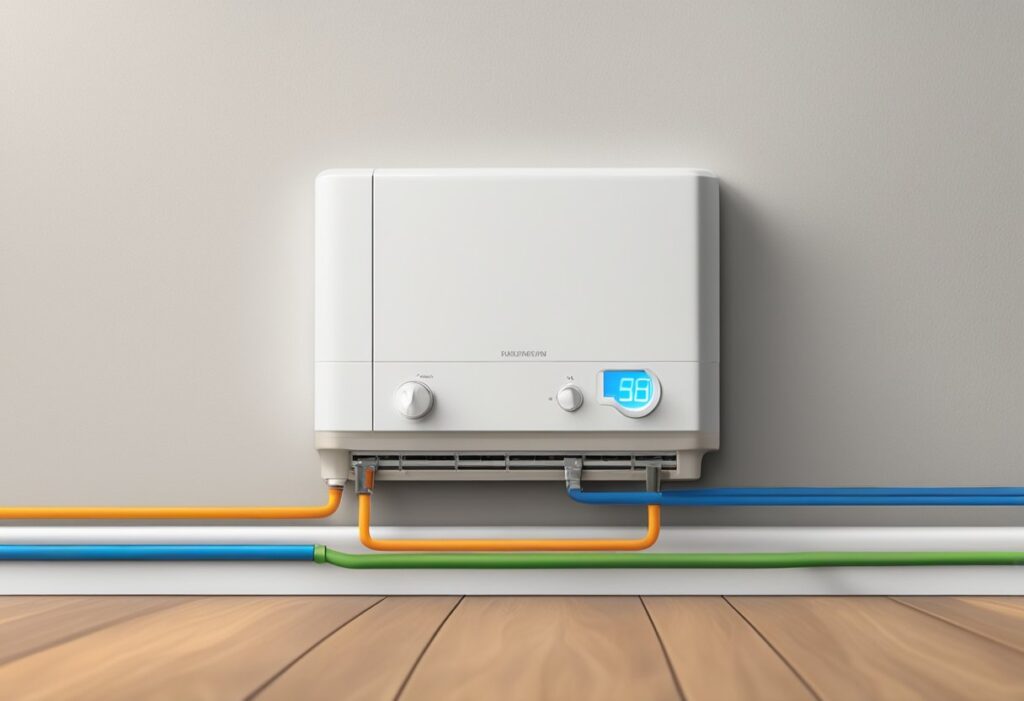
Wiring Requirements
When connecting two baseboard heaters to a single thermostat, it is important to ensure that the wiring is done correctly to prevent any electrical hazards. The wiring must be able to handle the current load of both heaters, and it is recommended to use a 240-volt circuit.
To connect two baseboard heaters to a single thermostat, the wiring must be done in parallel. This means that each heater must have its own set of wires that connect to the thermostat. The wires must be of the appropriate size and gauge to handle the current load of both heaters.
It is also important to ensure that the wiring is properly grounded to prevent any electrical shocks or hazards. If you are unsure about how to properly wire two baseboard heaters to a single thermostat, it is recommended to consult a licensed electrician.
Circuit Load Capacity
When connecting two baseboard heaters to a single thermostat, it is important to consider the circuit load capacity. The circuit load capacity refers to the maximum amount of current that the circuit can handle before it trips the circuit breaker.
To determine the circuit load capacity, you will need to know the amperage rating of each baseboard heater and the amperage rating of the circuit breaker. The total amperage of both heaters should not exceed the amperage rating of the circuit breaker.
It is recommended to use a dedicated circuit for two baseboard heaters to prevent overloading the circuit. This will ensure that the heaters operate safely and efficiently without tripping the circuit breaker.
In summary, when connecting two baseboard heaters to a single thermostat, it is important to ensure that the wiring is done correctly and that the circuit load capacity is not exceeded. It is recommended to consult a licensed electrician if you are unsure about how to properly wire the heaters or determine the circuit load capacity.
Thermostat Installation and Setup
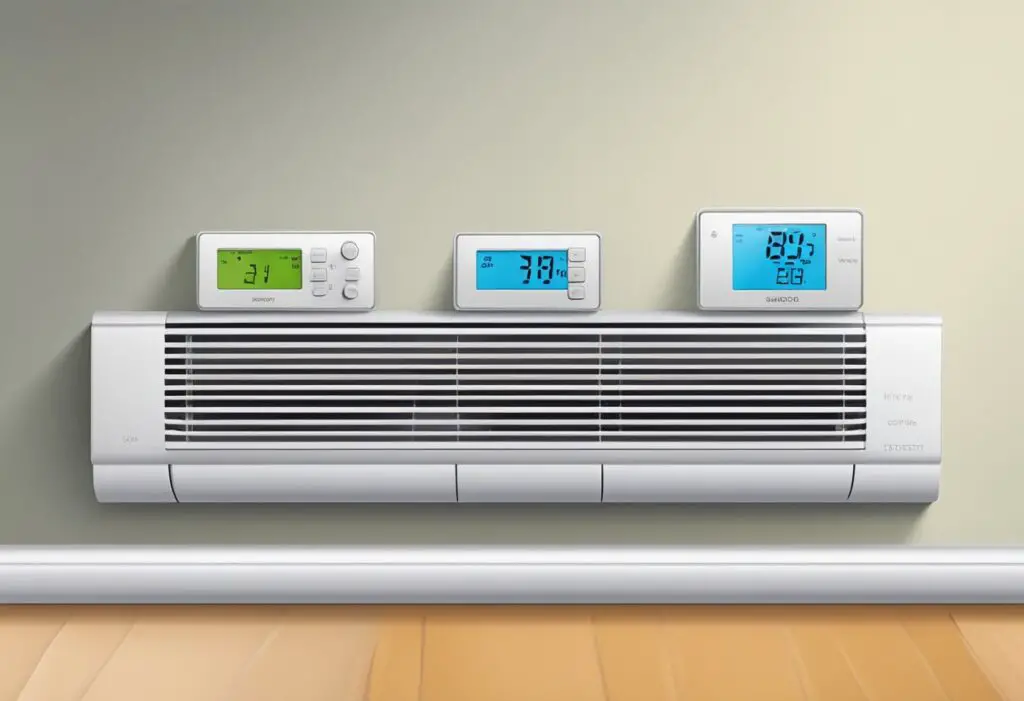
Choosing the Right Thermostat
When it comes to controlling two baseboard heaters with one thermostat, it is crucial to choose the right thermostat. First, determine the voltage of the baseboard heaters. Most baseboard heaters operate on either 120 or 240 volts. Then, choose a thermostat that is compatible with that voltage.
There are two types of thermostats to consider: line-voltage and low-voltage. Line-voltage thermostats are designed to work with high-voltage systems, such as baseboard heaters. Low-voltage thermostats are designed for use with central heating and cooling systems.
It is important to choose a thermostat that can handle the combined wattage of both baseboard heaters. Check the thermostat’s specifications to ensure it can handle the load.
Installation Process
Once you have chosen the right thermostat, it is time to install it. The installation process will vary depending on the type of thermostat you have chosen.
For line-voltage thermostats, turn off the power to the baseboard heaters at the circuit breaker. Remove the old thermostat and disconnect the wires. Connect the wires to the new thermostat according to the manufacturer’s instructions. Mount the thermostat to the wall and turn the power back on.
For low-voltage thermostats, the installation process is more involved. It may require running additional wiring and installing a transformer. It is recommended to hire a professional to install a low-voltage thermostat.
Programming and Calibration
After installation, it is important to program and calibrate the thermostat. Follow the manufacturer’s instructions to set the temperature and programming schedule.
To ensure accurate temperature control, it is recommended to calibrate the thermostat. Place a thermometer near the baseboard heaters and compare the temperature to the thermostat’s reading. Adjust the thermostat as needed to achieve the desired temperature.
| Entity | Explanation |
|---|---|
| Baseboard Heater | A type of electric heater that is installed along the baseboard of a wall. |
| Voltage | The measure of electrical potential energy per unit of charge. |
| Line-Voltage Thermostat | A thermostat designed to work with high-voltage systems, such as baseboard heaters. |
| Low-Voltage Thermostat | A thermostat designed for use with central heating and cooling systems. |
| Wattage | The measure of electrical power per unit of time. |
| Circuit Breaker | A safety device that automatically shuts off power to a circuit when it detects an overload or short circuit. |
| Transformer | A device that converts high-voltage electricity to low-voltage electricity or vice versa. |
| Calibration | The process of adjusting a thermostat to ensure accurate temperature control. |
Safety and Efficiency
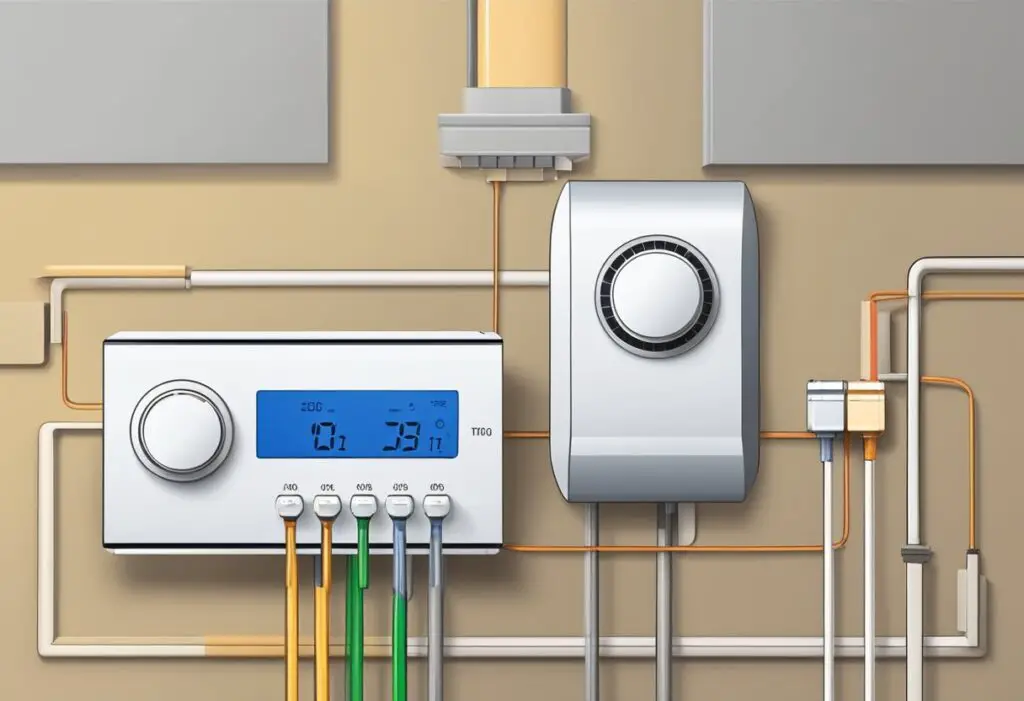
Safety Precautions
When using one thermostat to control two baseboard heaters, it is important to take certain safety precautions to ensure that the system operates safely and effectively. One important precaution is to make sure that the thermostat is compatible with the baseboard heaters. Using a thermostat that is not designed for use with baseboard heaters can be dangerous and can even result in a fire.
It is also important to make sure that the wiring is done correctly. Improper wiring can cause the system to malfunction, which can be dangerous. If you are not comfortable with wiring, it is best to hire a professional to do the job for you.
Check Best Thermostat Pricing in Amazon
** As an Amazon Associate, I earn from qualifying purchases.
Another safety consideration is to make sure that the baseboard heaters are not covered or obstructed in any way. This can cause the heaters to overheat and can also be a fire hazard.
Maximizing Energy Efficiency
Using one thermostat to control two baseboard heaters can be an energy-efficient way to heat your home. However, it is important to use the system correctly to maximize its efficiency.
One way to do this is to set the thermostat to the lowest comfortable temperature. This will help to reduce energy usage and save you money on your heating bills. It is also important to make sure that the baseboard heaters are clean and free of dust and debris. This will help to ensure that they are operating efficiently and effectively.
Another way to maximize energy efficiency is to make sure that the system is properly insulated. This will help to prevent heat loss and ensure that the system is operating at maximum efficiency.
Troubleshooting Common Issues
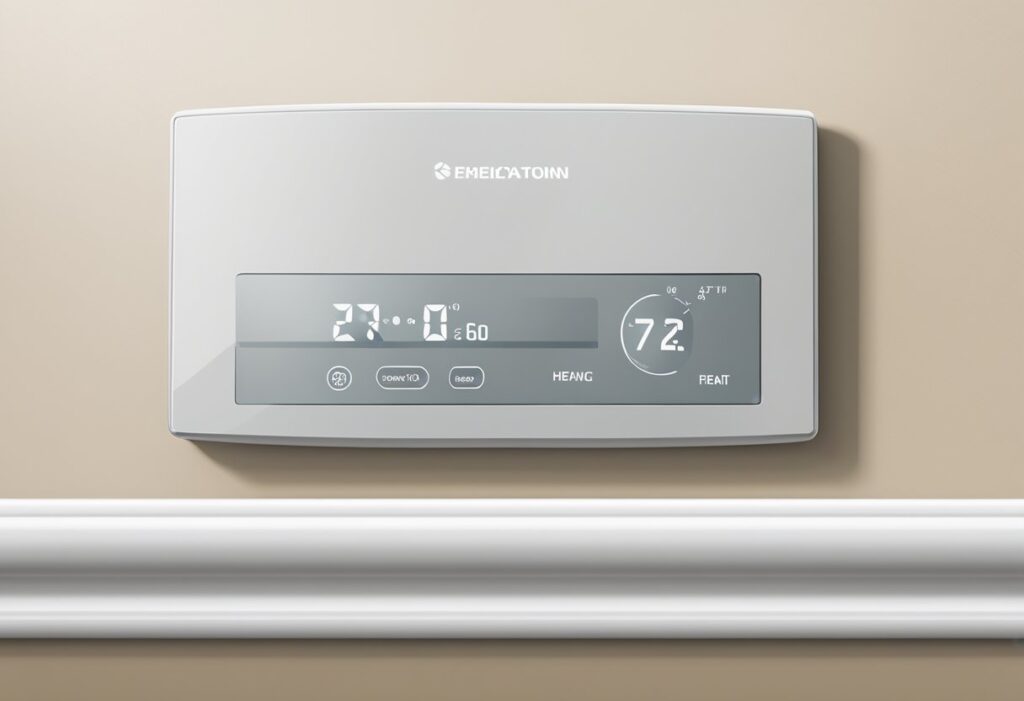
Heater Not Responding
If one or both of the baseboard heaters are not responding to the thermostat, there are a few things to check. First, make sure that the thermostat is set to the correct temperature and mode (heating or cooling). If the thermostat is set correctly, check the wiring connections between the thermostat and the heaters. Loose or disconnected wires can cause the heaters to not respond to the thermostat.
Another common issue is a tripped circuit breaker. Check the circuit breaker panel to see if any of the breakers are tripped. If so, reset the breaker and see if the heaters start responding to the thermostat.
Inaccurate Temperature Control
If the temperature in the room is not matching the temperature set on the thermostat, there are a few things to check. First, make sure that the thermostat is installed in a location that accurately reflects the temperature of the room. Placing the thermostat in a location that is too close or too far from the heaters can cause inaccurate temperature readings.
Another common issue is a dirty thermostat. Dust and debris can accumulate inside the thermostat and cause it to malfunction. Clean the thermostat with a soft brush or compressed air to remove any debris.
Finally, check the calibration of the thermostat. Some thermostats have a calibration feature that allows you to adjust the temperature reading. Follow the manufacturer’s instructions to calibrate the thermostat and ensure accurate temperature control.
Maintenance and Care
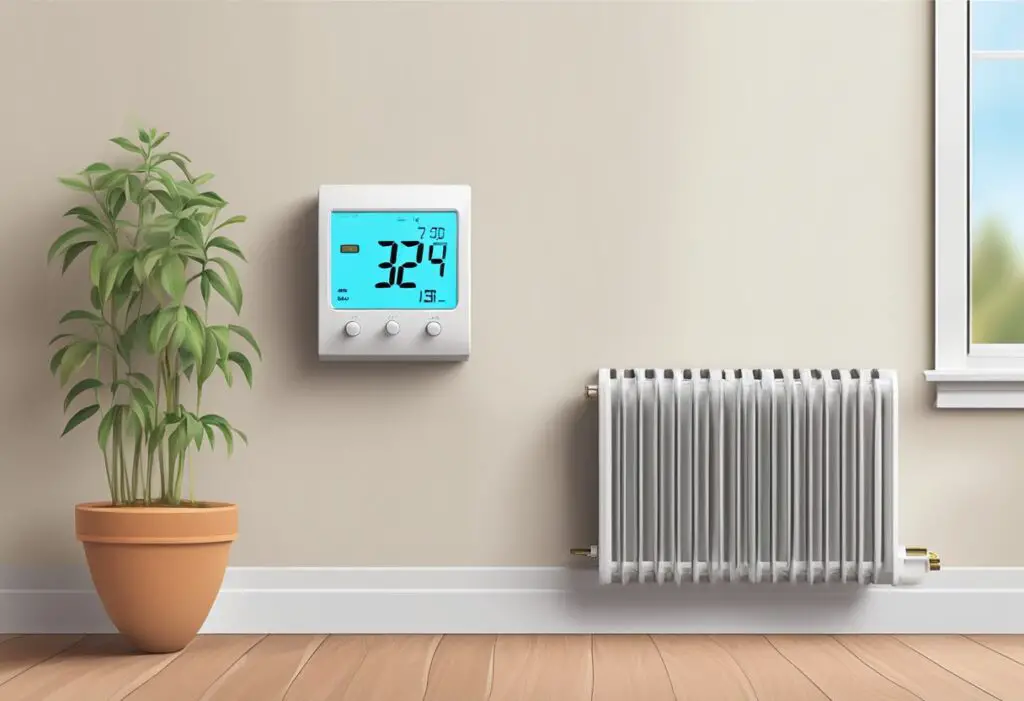
Regular Maintenance Tasks
To ensure that the thermostat controls two baseboard heaters effectively, regular maintenance is necessary. The following are some of the routine tasks that should be performed:
- Dusting: Dust accumulation can affect the thermostat’s accuracy. Therefore, it is essential to dust the thermostat and the baseboard heaters regularly. Use a soft cloth to wipe them gently.
- Checking the wiring: Check the wires connecting the thermostat to the baseboard heaters to ensure they are tightly connected. Loose connections can cause the heaters to malfunction.
- Cleaning the baseboard heaters: Dirt and debris can accumulate on the baseboard heaters, affecting their performance. Clean them regularly using a soft brush or vacuum cleaner.
Long-Term Care Tips
In addition to regular maintenance, there are some long-term care tips that can extend the lifespan of the thermostat and baseboard heaters. These include:
- Installing a surge protector: Power surges can damage the thermostat and baseboard heaters. Installing a surge protector can prevent this from occurring.
- Lubricating the baseboard heaters: Lubricate the motor and fan of the baseboard heaters annually to ensure they run smoothly.
- Replacing the thermostat batteries: If the thermostat uses batteries, replace them annually to ensure it functions correctly.
Legal and Building Code Considerations
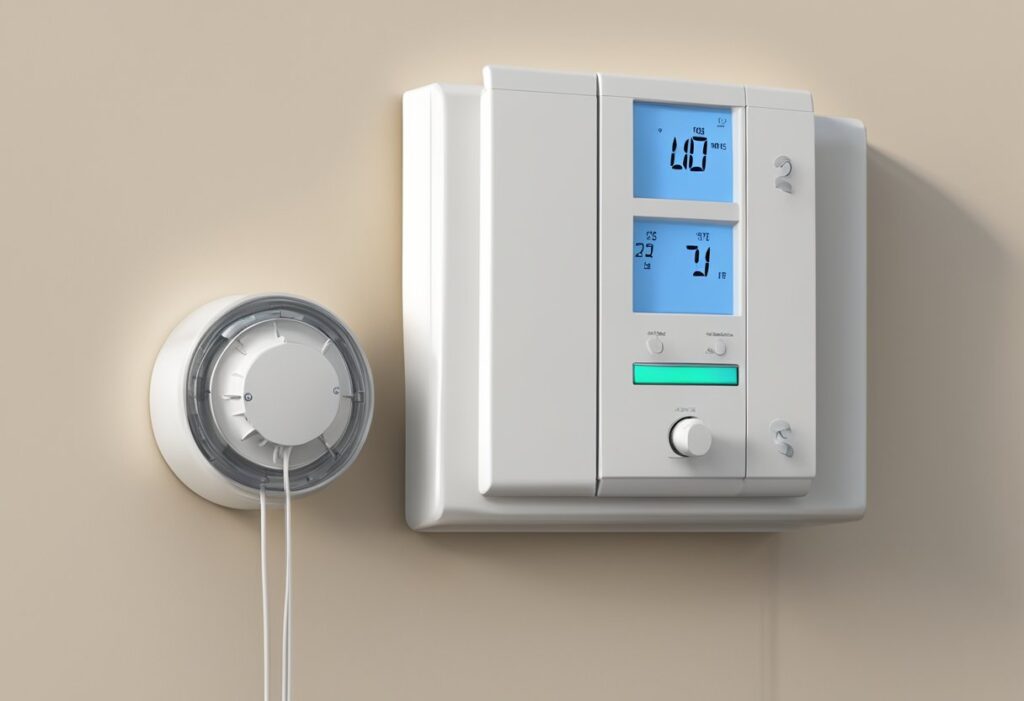
Permits and Inspections
When installing a thermostat to control two baseboard heaters, it is important to ensure that all necessary permits and inspections are obtained and completed. Failure to do so could result in fines or legal repercussions.
Before beginning any installation, it is recommended to contact the local building department to determine what permits are required and what inspections will be necessary. This will vary depending on the location and the specific installation.
Compliance with Local Codes
In addition to obtaining permits and inspections, it is important to comply with all local building codes when installing a thermostat to control two baseboard heaters. This includes requirements for electrical wiring, placement of thermostats, and other safety considerations.
It is recommended to consult with a licensed electrician or HVAC professional to ensure that all local codes are being met. Failure to comply with local codes could result in unsafe conditions or damage to the property.
FAQs and Expert Advice
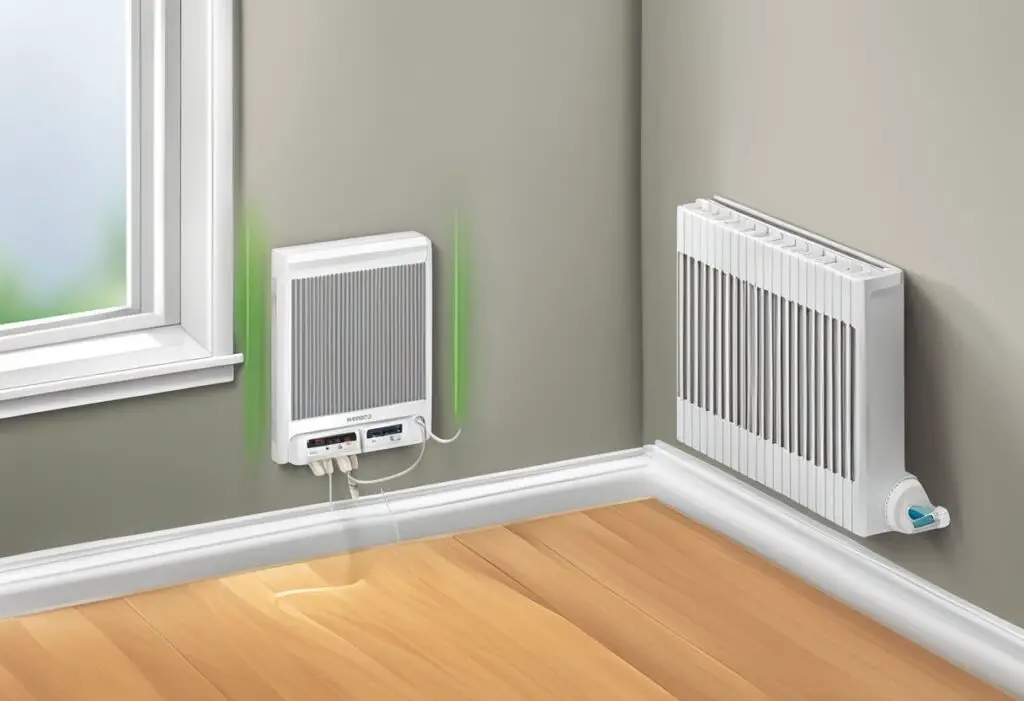
Common Questions Answered
One of the most common questions asked about using one thermostat to control two baseboard heaters is whether it is possible. The answer is yes, it is possible to control two baseboard heaters with one thermostat. However, there are a few things to keep in mind.
First, the thermostat must be rated for the combined wattage of the two baseboard heaters. This means that if each baseboard heater is 1500 watts, the thermostat must be rated for 3000 watts. If the thermostat is not rated for the combined wattage, it may not work properly and could potentially be a safety hazard.
Second, the two baseboard heaters must be wired in parallel. This means that each baseboard heater is wired directly to the thermostat, rather than being wired in series with each other. Wiring the baseboard heaters in series can cause uneven heating and could potentially overload the thermostat.
Tips from HVAC Professionals
When using one thermostat to control two baseboard heaters, it is important to make sure that the thermostat is located in a central location. This will help to ensure that both baseboard heaters are receiving an accurate temperature reading and will help to prevent uneven heating.
Another important tip is to make sure that the baseboard heaters are properly sized for the room they are heating. If the baseboard heaters are too small, they may not be able to keep the room warm enough. If they are too large, they may overheat the room and waste energy.
Finally, it is important to have the system inspected and maintained regularly by a qualified HVAC professional. This will help to ensure that the system is working properly and will help to prevent any potential safety hazards.
Check Best Thermostat Pricing in Amazon
** As an Amazon Associate, I earn from qualifying purchases.
| Entity | Description |
|---|---|
| Thermostat | A device that regulates temperature by turning heating or cooling devices on or off as needed |
| Baseboard Heater | A type of electric heater that is installed along the baseboard of a wall |
| Wattage | A unit of power, equal to one joule per second |
| Wiring in parallel | A type of electrical circuit in which each component is connected directly to the power source |
| Wiring in series | A type of electrical circuit in which the components are connected one after the other, so that the current flows through each component in turn |

